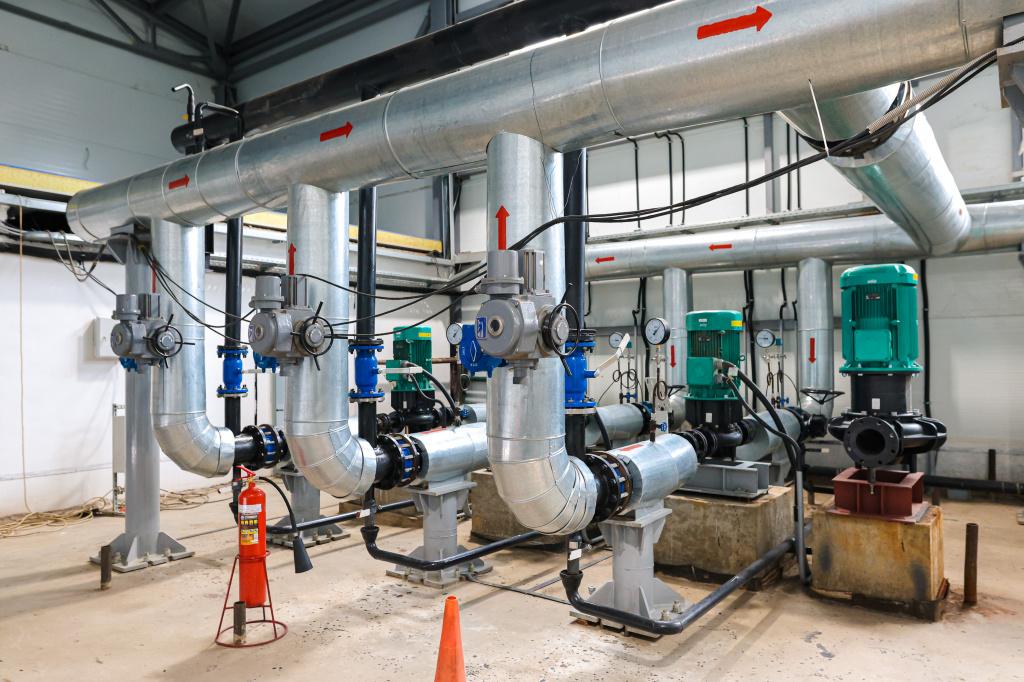District Heating Market Economics: Cost-Benefit Analysis of Centralized Heating Solutions

As urban centers continue to grow, the demand for efficient and sustainable heating solutions has never been higher. District heating systems, which provide centralized heating to multiple buildings through a network of insulated pipes, have emerged as a compelling option.
Understanding District Heating Economics
District heating involves the production of thermal energy at a central location, which is then distributed to residential, commercial, and industrial consumers. The economic viability of district heating systems depends on various factors, including infrastructure costs, operational efficiency, energy sources, and the scale of the network.
Key Economic Factors in District Heating
1. Initial Capital Investment
One of the most significant barriers to the adoption of district heating is the initial capital investment required for infrastructure development. This includes costs for constructing pipelines, installing heating plants, and integrating renewable energy sources. While these upfront costs can be substantial, they are often offset by long-term savings and benefits.
2. Operational Efficiency
District heating systems tend to operate more efficiently than individual heating units. Centralized heating allows for better load management and the use of combined heat and power (CHP) systems, which generate electricity and useful heat simultaneously. This increased efficiency can lead to lower fuel consumption and reduced operating costs.
3. Economies of Scale
One of the key advantages of district heating is the potential for economies of scale. As more buildings connect to a district heating network, the cost per unit of heat can decrease. This is due to shared infrastructure and the ability to optimize energy production and distribution across a larger consumer base.
4. Energy Source Flexibility
District heating systems can utilize a variety of energy sources, including fossil fuels, biomass, waste heat, and renewables. This flexibility allows operators to choose the most cost-effective and sustainable energy mix, further enhancing the economic feasibility of district heating. The shift towards renewable energy integration can also lead to long-term cost savings, especially in regions where fossil fuel prices are volatile.
5. Maintenance and Operational Costs
Ongoing maintenance and operational costs are crucial considerations in the economic analysis of district heating systems. While centralized systems may have lower maintenance costs per unit compared to individual heating solutions, they still require regular upkeep to ensure reliability and efficiency. Effective management practices and the implementation of smart technologies can help minimize these costs.
Cost-Benefit Analysis
Benefits of District Heating
-
Reduced Energy Bills: Consumers often benefit from lower heating costs due to the economies of scale and operational efficiency associated with district heating.
-
Environmental Impact: The ability to utilize renewable energy sources and waste heat reduces the carbon footprint, contributing to sustainability goals and potentially attracting government incentives.
-
Improved Air Quality: By centralizing heat production and reducing reliance on individual heating systems, district heating can contribute to better urban air quality.
-
Increased Reliability: District heating systems provide a stable and reliable source of heat, reducing the risk of outages that can occur with individual heating systems.
Costs of District Heating
-
High Initial Infrastructure Investment: The upfront costs for developing district heating networks can be a significant barrier, particularly in regions with limited funding.
-
Long Payback Period: While district heating can provide long-term savings, the initial investment may result in a longer payback period compared to other heating solutions.
-
Regulatory Challenges: Navigating the regulatory landscape and securing necessary permits can add complexity and costs to project development.
-
Consumer Resistance: Some consumers may be hesitant to switch from traditional heating systems to district heating due to a lack of awareness or perceived inconvenience.
- Art
- Causes
- Crafts
- Dance
- Drinks
- Film
- Fitness
- Food
- Jogos
- Gardening
- Health
- Início
- Literature
- Music
- Networking
- Outro
- Party
- Religion
- Shopping
- Sports
- Theater
- Wellness


